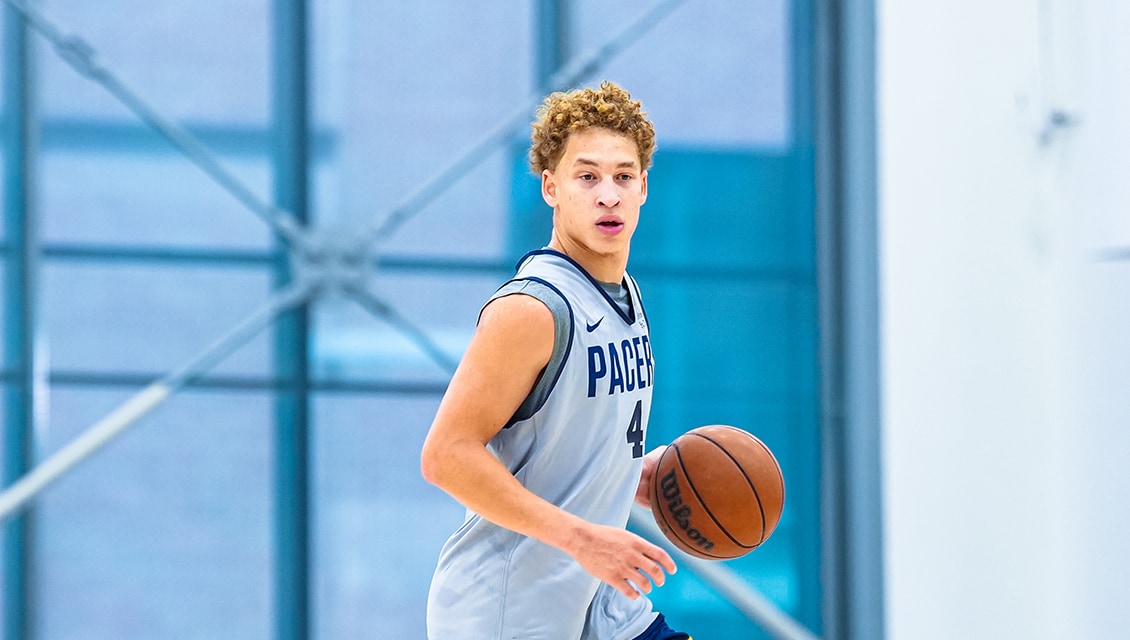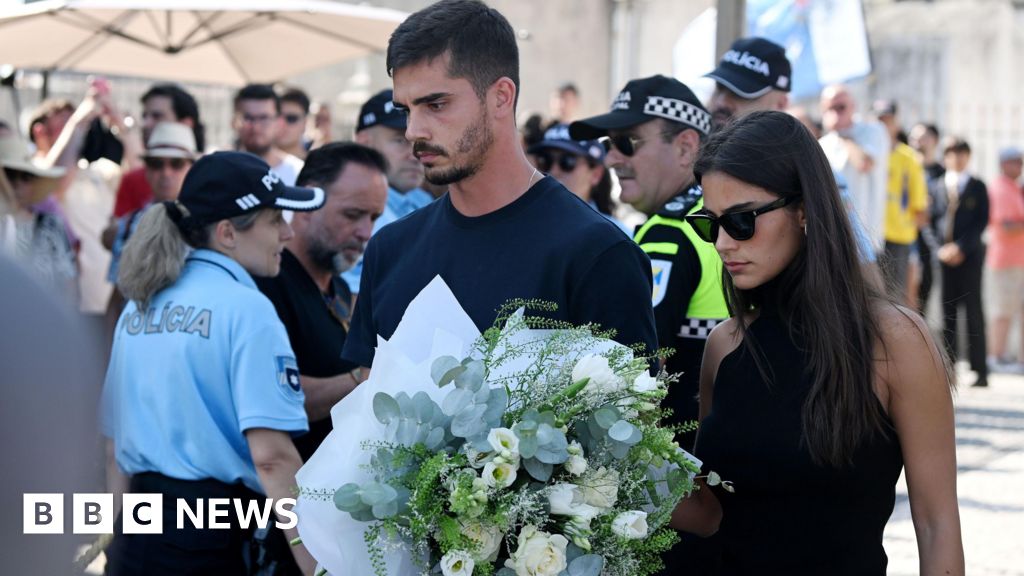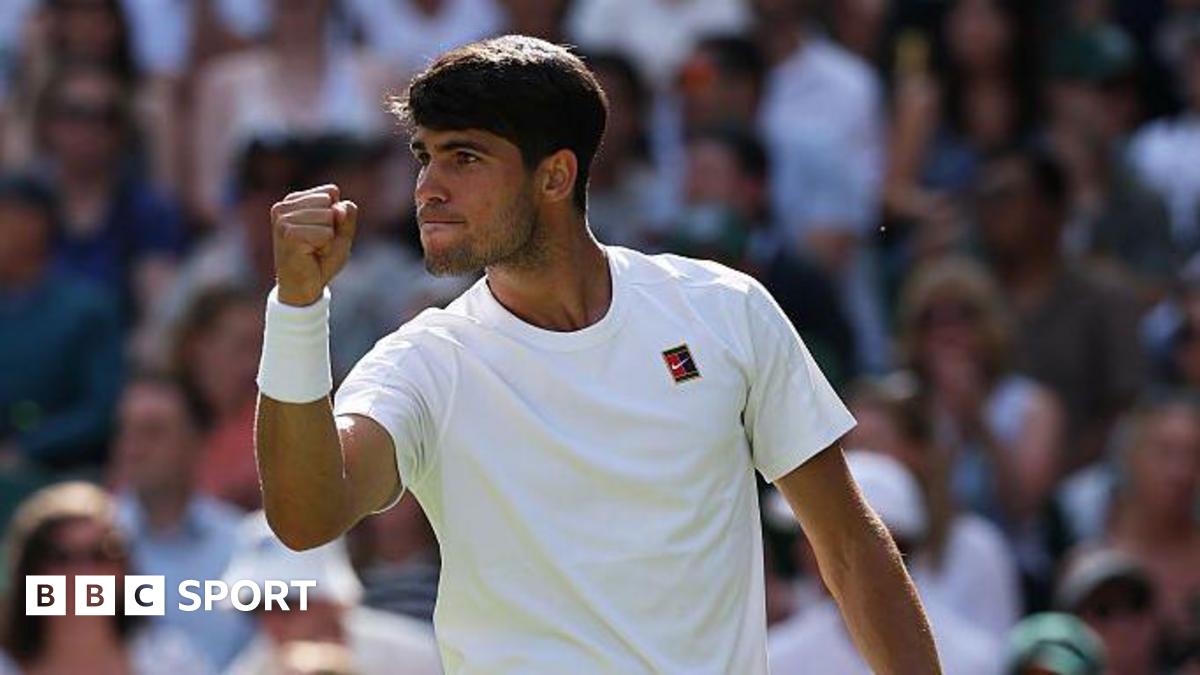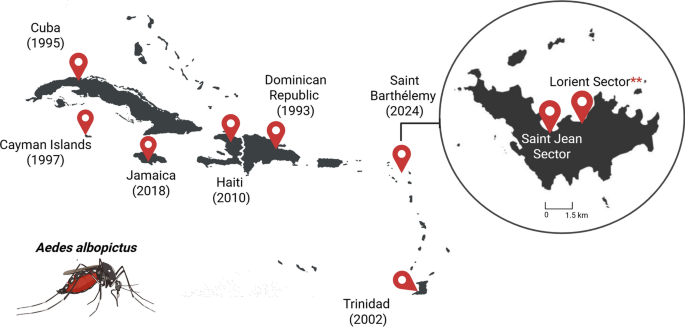Objective response rate (ORR), median duration of response (DOR), median progression-free survival (PFS), and median overall survival (OS) were numerically higher or extended with the combination of encorafenib (Braftovi), cetuximab (Erbitux; EC), and mFOLFOX6 (modified fluorouracil plus leucovorin and oxaliplatin), irrespective of control arm regimen, in patients with BRAF V600E–mutant metastatic colorectal cancer (mCRC), according to data from a subgroup analysis of the phase 3 BREAKWATER study (NCT04607421).1
Findings presented during the 2025 ESMO Gastrointestinal Cancer Congress showed the confirmed ORR by blinded independent central review (BICR) was 65.7% (95% CI, 59.4%-71.4%) with EC plus mFOLFOX6 (n = 236) vs 55.9% (95% CI, 43.3%-67.8%) with FOLFOXIRI (fluorouracil plus leucovorin, oxaliplatin, and irinotecan) plus bevacizumab (Avastin; n = 59), 50.0% (95% CI, 21.5%-78.5%) with FOLFOXIRI (n = 8), 38.1% (95% CI, 29.1%-48.1%) with mFOLFOX6 plus bevacizumab (n = 97), 22.2% (95% CI, 9.0%-45.2%) with mFOLFOX6 (n = 18), 29.3% (95% CI, 17.6%-44.5%) with CAPOX (capecitabine plus oxaliplatin) plus bevacizumab (n = 41), and 16.7% (95% CI, 3.0%-56.4%) with CAPOX (n = 6).
The median DORs were 13.9 months (95% CI, 10.9-18.5) with EC plus mFOLFOX6, 9.8 months (95% CI, 7.9-not evaluable [NE]) with FOLFOXIRI plus bevacizumab, 10.8 months (95% CI, 6.0-NE) with mFOLFOX6 plus bevacizumab, 9.7 months (95% CI, NE-NE) with mFOLFOX6, and 11.1 months (95% CI, 2.9-13.4) with CAPOX plus bevacizumab. In the EC plus mFOLFOX6 arm, 71.0% of patients experienced a DOR of at least 6 months, and 34.8% experienced a DOR of at least 12 months.
The median PFS with EC plus mFOLFOX6, FOLFOXIRI plus bevacizumab, mFOLFOX6 plus bevacizumab, mFOLFOX6, and CAPOX plus bevacizumab was 12.8 months (95% CI, 11.2-15.9), 10.1 months (95% CI, 8.3-13.7), 6.8 months (95% CI, 5.7-8.5), 4.3 months (95% CI, 2.7-11.0), and 5.9 months (95% CI, 4.5-9.9), respectively. The median OS in the respective groups was 30.3 months (95% CI, 2.17-NE), 17.4 months (95% CI, 14.3-23.4), 14.7 months (95% CI, 12.7-17.6), 11.6 months (95% CI, 7.5-19.6), and 14.5 months (95% CI, 11.2-22.2).
“These results are consistent with previous analyses of chemotherapy with or without bevacizumab in the first-line for the treatment of BRAF V600E mCRC,” Takayuki Yoshino, MD, PhD, of National Cancer Center Hospital East in Kashiwa, Japan, and coauthors, wrote in a poster of the data, which “[support] EC plus mFOLFOX6 as a practice-changing, new standard of care for BRAF V600E–mutant mCRC, including the first-line setting.”
Breaking Down BREAKWATER
The open-label, multicenter, phase 3 study enrolled patients with BRAF V600E–mutant mCRC who were at least 16 years of age—or at least 18 years of age based on country—with measurable disease by RECIST 1.1 criteria, an ECOG performance status of 0 or 1, and acceptable bone marrow, hepatic, and renal function. Patients could not have previously received systemic treatment for metastatic disease. Those with prior exposure to BRAF or EGFR inhibitors, symptomatic brain metastases, microsatellite instability–high/mismatch repair–deficient tumors, or RAS-mutated disease were excluded.
Patients (n = 637) were randomly assigned 1:1:1 to EC (n = 158), EC plus mFOLFOX6 (n = 236), or the control arm (n = 243) of mFOLFOX6/FOLFOXIRI/CAPOX with or without bevacizumab. Notably, the trial protocol was subsequently amended to limit randomization to the EC plus mFOLFOX6 arm and the control arm.2
Patients were stratified by region (US or Canada vs Europe vs rest of world) and ECOG performance status (0 vs 1).1 The dual primary end points were PFS by BICR and ORR by BICR, and a key secondary end point was OS.
Both of the primary end points were met. The ORR—based on the first 110 patients enrolled to both groups—was 61% (95% CI, 52%-70%) in patients given EC plus mFOLFOX6 compared with 40% (95% CI, 31%-49%) for patients treated with chemotherapy with or without bevacizumab (Avastin; P = .0008).2 The data supported the FDA’s decision to grant accelerated approval to EC plus mFOLFOX6 for use in patients with mCRC harboring a BRAF V600E mutation, as detected by an FDA-approved test, in December 2024. The median PFS with EC plus mFOLFOX6 was 12.8 months vs 7.1 months with standard care (HR, 0.53; 95% CI, 0.41-0.68; P < .001).3 In an interim analysis, OS was significantly longer with EC and mFOLFOX6 vs standard care, at a median of 30.3 months vs 15.1 months (HR, 0.49; 95% CI, 0.38-0.63; P < .001).
Examining the Current Subgroup Analysis
Of the total patients randomly assigned to the control arm (n = 243), 24.3% received FOLFOXIRI plus bevacizumab, 3.3% received FOLFOXIRI, 39.9% received mFOLFOX6 plus bevacizumab, 7.4% received mFOLFOX6, 16.9% received CAPOX plus bevacizumab, 2.5% received CAPOX, and 5.8% were not treated.
“Patients who received FOLFOXIRI plus bevacizumab were younger, and more patients were male, had ECOG performance status of 0, had 3 or more organs involved at baseline, and had left-sided tumors vs patients in the EC plus mFOLFOX6 and patients who received the other control regimens,” the study authors wrote.
The median follow-up for PFS in the EC plus mFOLFOX6 arm was 16.8 months (95% CI, 15.1-18.4) vs 9.8 months (95% CI, 8.5-13.0) in the control arm. The median follow-up for PFS in the respective arms was 21.8 months (95% CI, 20.4-23.4) and 22.2 months (95% CI, 18.9-23.5).
“The EC plus mFOLFOX6 arm had fewer patients discontinue study treatment compared with all control regimens,” the study authors wrote. The percentages of patients who discontinued study treatment in the EC plus mFOLFOX6, FOLFOXIRI plus bevacizumab, FOLFOXIRI, mFOLFOX6 plus bevacizumab, mFOLFOX6, CAPOX plus bevacizumab, and CAPOX were 71.6%, 86.4%, 87.5%, 94.8%, 100%, 95.1%, and 100%, respectively; the respective percentages of patients who received any subsequent systemic anticancer treatment were 45.8%, 59.3%, 75.0%, 58.8%, 55.6%, 63.4%, and 50.0%.
In the EC plus mFOLFOX6 arm, subsequent therapies included a BRAF inhibitor with or without combination (8.1%), CAPIRI with or without combination (4.7%), CAPOX with or without combination (0.8%), FOLFIRI with or without combination (24.2%), FOLFOX with or without combination (4.2%), FOLFOXIRI with or without combination (1.3%), fruquintinib (Fruzaqla; 0.4%), immunotherapy (0.4%), other (3.4%), regorafenib (Stivarga; 1.3%), single-agent chemotherapy with or without combination (7.2%), and trifluridine/tipiracil (Lonsurf) with or without VEGF inhibition (4.2%).
“Safety profiles were consistent with that known for each agent,” the study authors concluded.
Disclosures: Yoshino reported honoraria from Bayer Yakuhin, Chugai Pharma, Merck KGaA, MSD, Ono Pharmaceutical, Sumitomo Corp, and Takeda. Research funding was provided by Amgen, Boehringer Ingelheim, Chugai Pharma, Daiichi Sankyo Co Ltd, Eisai, FALCO Biosystems, Genomedia, Molecular Health, MSD, Nippin Boehringer Ingelheim, Ono Pharmaceutical, Pfizer, Roche Diagnostics, Sanofi, Sumitomo Dainippon, Sysmex, and Taiho Pharmaceutical.
References
- Yoshino T, Kopetz S, Van Cutsem E, et al. BREAKWATER: Post-hoc subgroup analyses by chemotherapy ± bevacizumab regimens vs encorafenib plus cetuximab + mFOLFOX6. Presented at: 2025 ESMO Gastrointestinal Cancers Congress; July 2-5, 2025; Barcelona, Spain. Abstract 36P.
- FDA grants accelerated approval to encorafenib with cetuximab and mFOLFOX6 for metastatic colorectal cancer with a BRAF V600E mutation. FDA. December 20, 2024. Accessed July 4, 2025. https://www.fda.gov/drugs/resources-information-approved-drugs/fda-grants-accelerated-approval-encorafenib-cetuximab-and-mfolfox6-metastatic-colorectal-cancer-braf
- Elez E, Yoshino T, Shen L, et al. Encorafenib, cetuximab, and mFOLFOX6 in BRAF-mutated colorectal cancer. N Engl J Med. 2025;392(24):2425-2437. doi:10.1056/NEJMoa2501912













